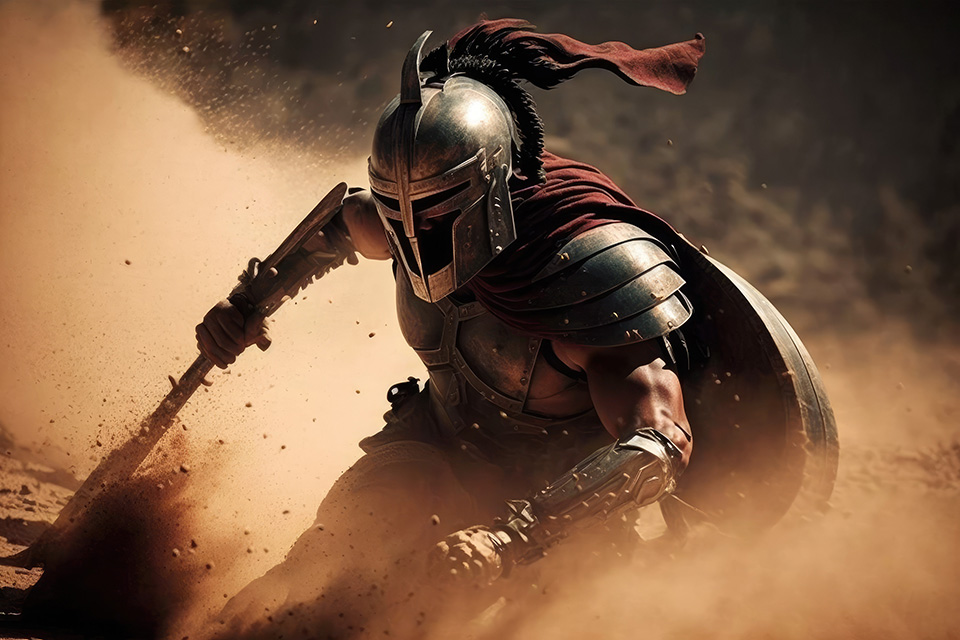The internet has grown up with us. In the early days, building websites was like exploring uncharted territory. We were all guessing, trying to understand what worked. If you placed a menu here, a footer there, and had a checkout page and a cart page, you had the basics down. This rudimentary blueprint was enough for a while.
However, amidst this guesswork, a few companies paid attention to user experience (UX) early on, setting the foundation for its importance today. They realized that how users interacted with a website mattered and could significantly impact its success. While not everyone in those early days grasped this concept, those who did set a new standard.
Now, we’ve reached a point where UX is paramount. Yet, despite this awareness, many websites still don’t work as intended. Most failures stem from neglect—design firms build a site, maybe stick around for initial support, and then move on without continuously monitoring and improving the user experience. This oversight leaves a gap in understanding how users interact with the site and how to optimize their journey from start to finish.
A Generational Shift in Web Design
This brings us to a generational shift in web design. We’ve moved from a place where guesswork was the norm to a phase where user experience is key. It’s a battle between the old ways of doing things—relying on what we think works—and the new focus on data-driven design that prioritizes the user’s needs. The truth is, neither approach is entirely wrong, but we must acknowledge that our understanding of the internet and its users has evolved.
As someone who has experienced this evolution firsthand, I can attest to the importance of accessibility. As we age, we encounter challenges that make us appreciate simple, accessible designs. The COVID-19 pandemic has further highlighted this need, as many people now face health issues that necessitate easy navigation of the web.
The Need for Simplicity in Design
For people with mental illnesses, vision impairments, or other disabilities, simplicity in web design is crucial. They need to access information quickly, easily, and consistently. However, this push for consistency often clashes with the desire for artistic expression. The web can become monotonous, frustrating designers who crave creativity.
But here’s the thing: we can balance both. We can create designs that are both accessible and aesthetically pleasing. It might mean making some compromises—perhaps the artwork will be smaller or less prominent—but it doesn’t mean sacrificing creativity altogether. By working together, designers and UX professionals can create designs that are both functional and beautiful.
Bridging the Gap Between UX and Design
This collaboration between UX and design is where the magic happens. Too often, there’s a divide—designers pride themselves on creating visually stunning sites, while UX professionals focus on functionality. But what if they came together? The result could be phenomenal, taking user experiences and web aesthetics to the next level.
AI is becoming a game-changer in this space. With AI, we can build and code faster, handle repetitive tasks more efficiently, and focus on what really matters—creating user personas, mapping out user journeys, and optimizing the overall experience. AI allows us to blend UX and design more seamlessly, enabling us to build inclusive, easy-to-navigate websites.
Conclusion
In conclusion, the future of web design lies in prioritizing user experience without stifling creativity. As we continue to evolve alongside the internet, we must remember that accessibility and aesthetics are not mutually exclusive. By embracing both, we can create an online world that is welcoming and functional for everyone.
Let’s aim to build an internet where people, regardless of their abilities, can navigate with ease. Whether it’s making the design simple and consistent for those who need it or incorporating artistic elements that enhance the experience, we can find a balance. With the help of AI and a collaborative spirit, we can create a web that serves everyone.
It’s time for us to come together and design an internet that works for all. The journey may be challenging, but the destination—a more inclusive and beautiful web—is well worth it.



No Comments yet!